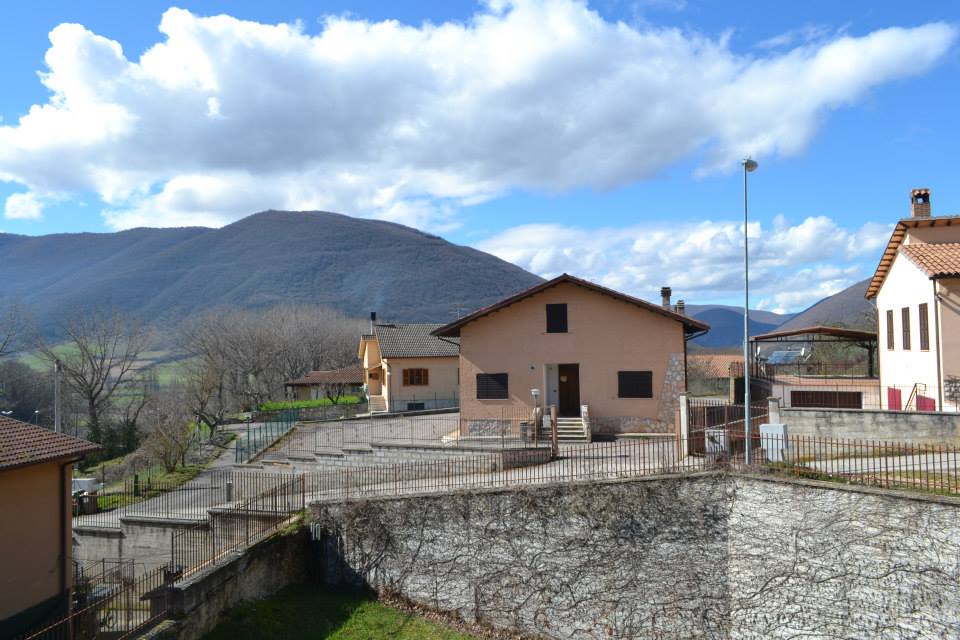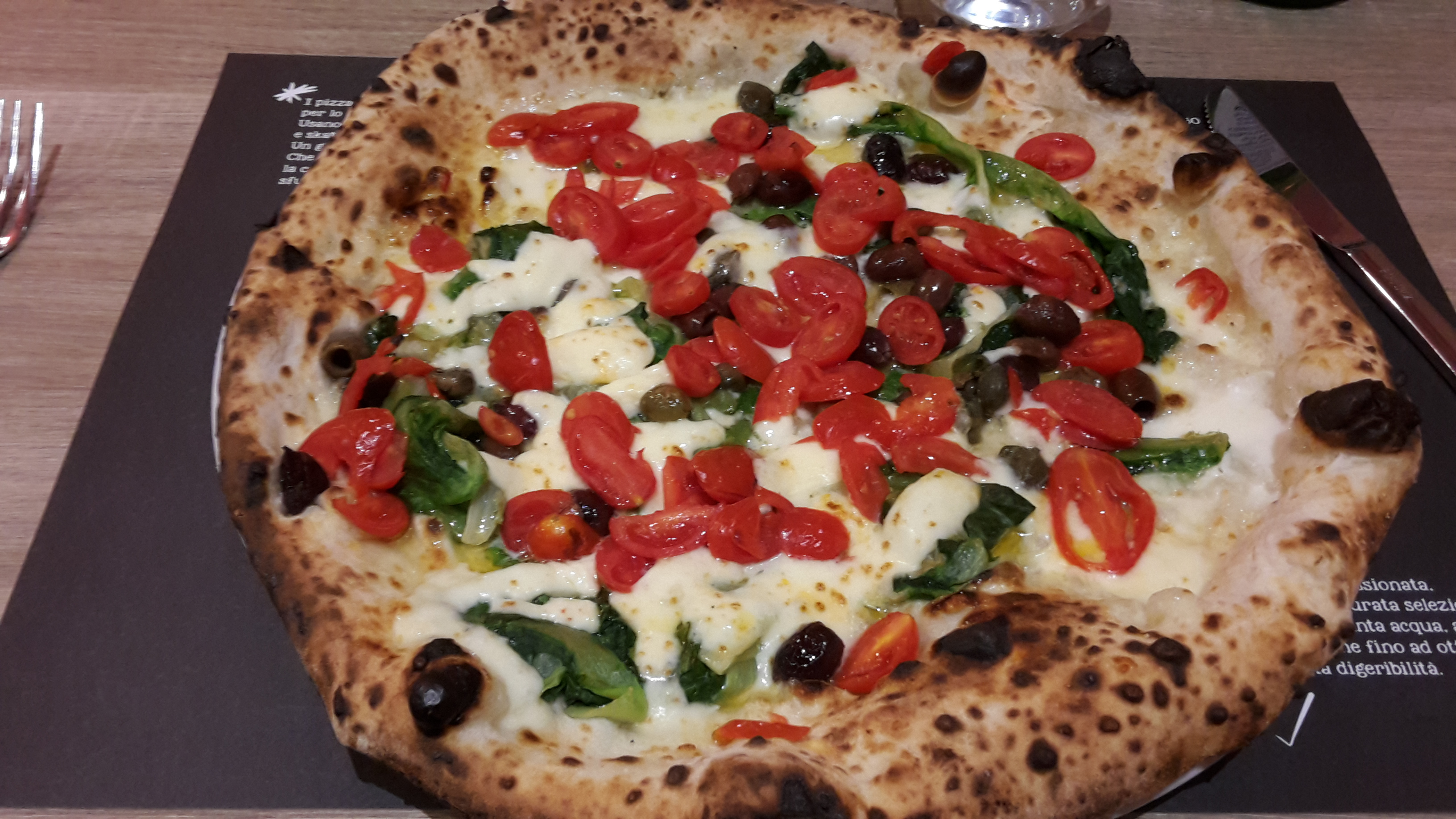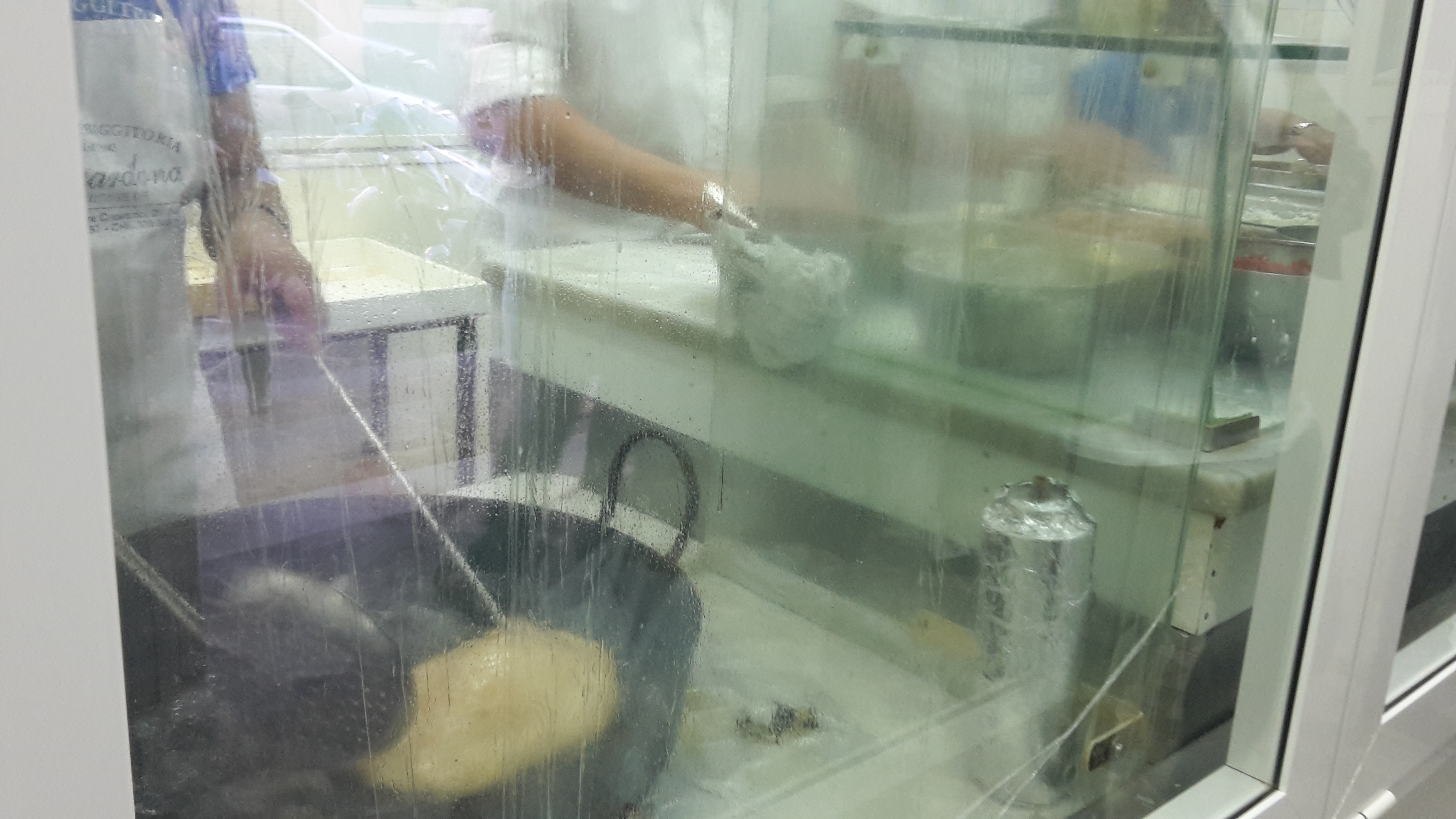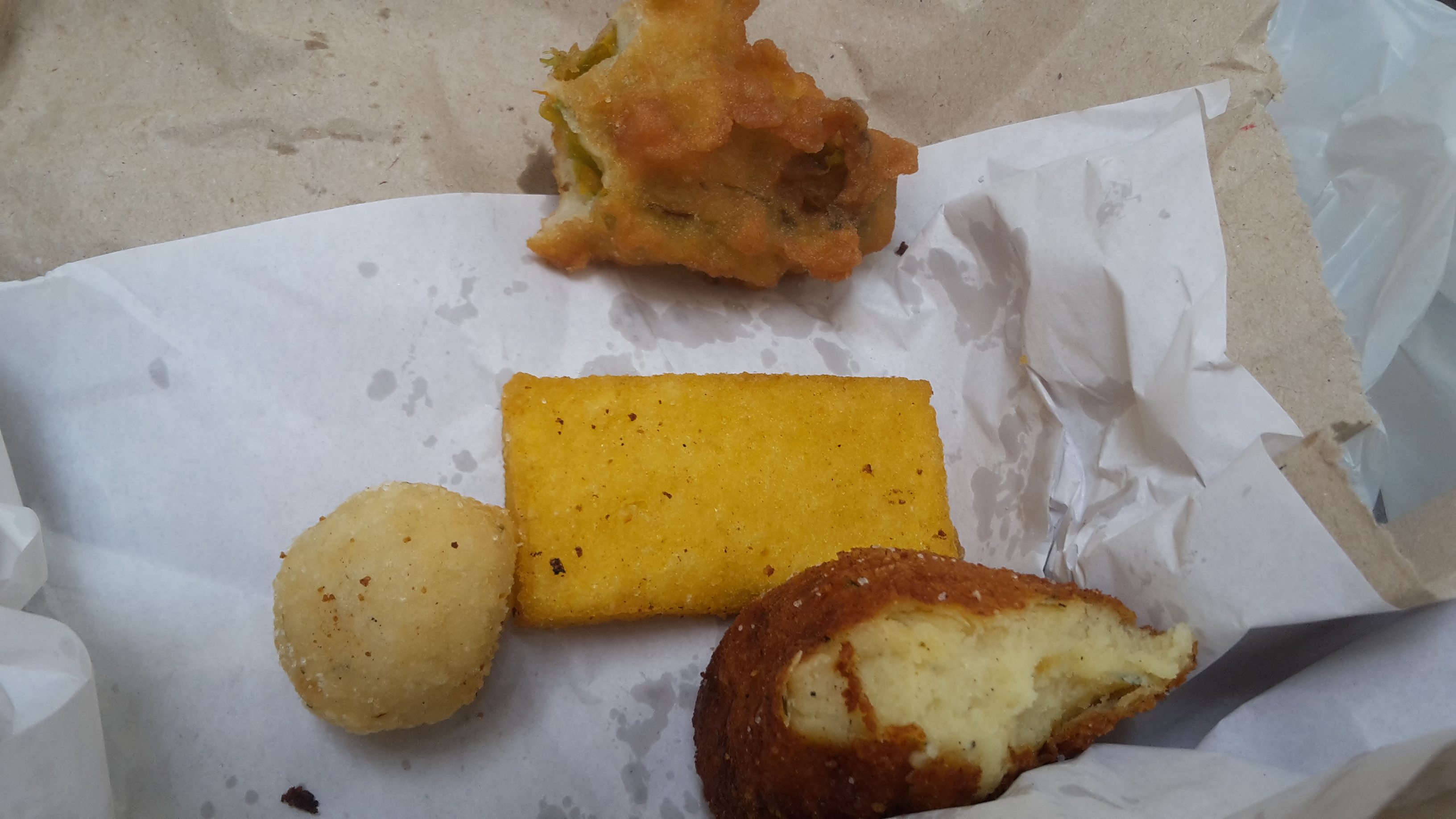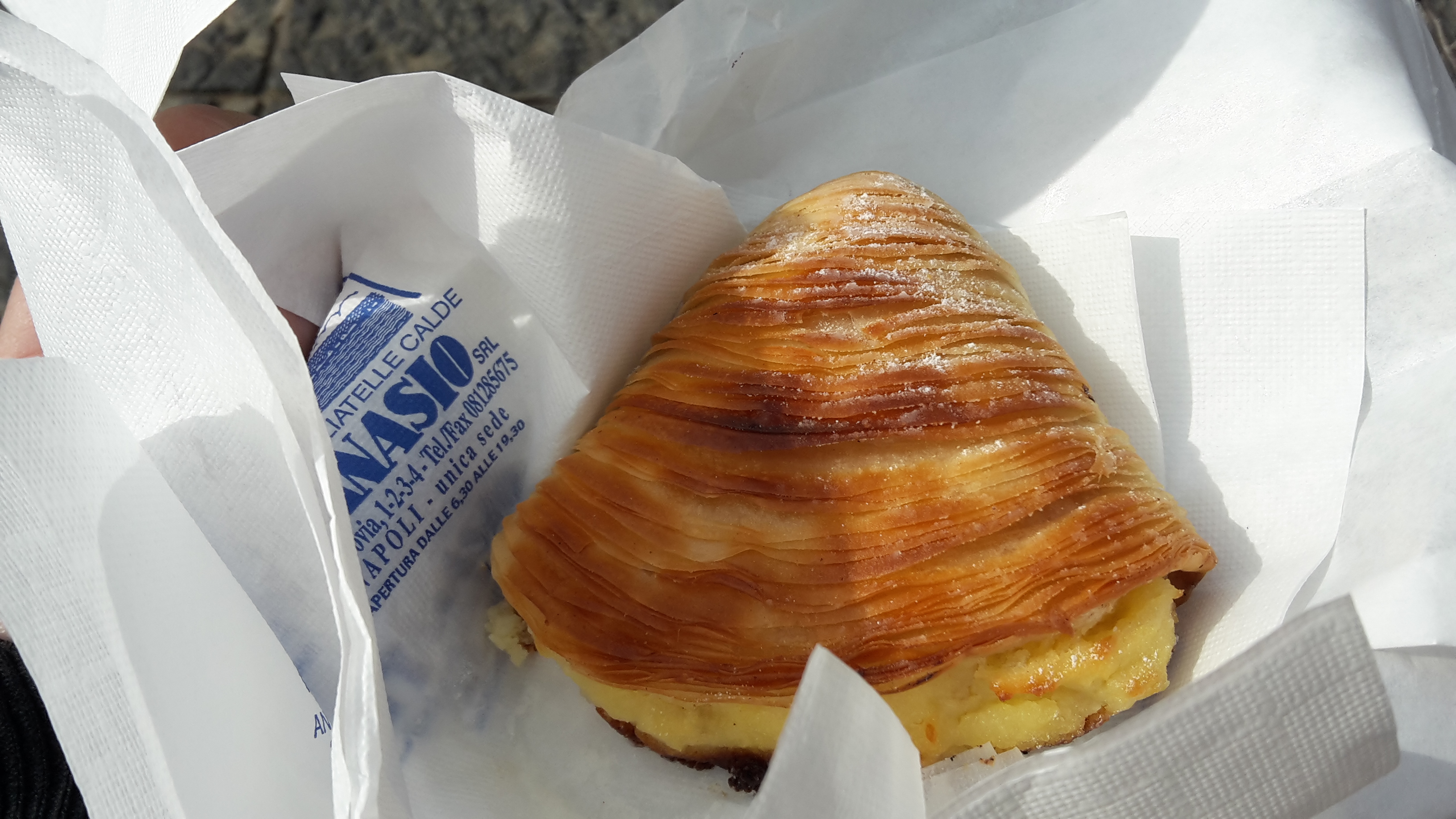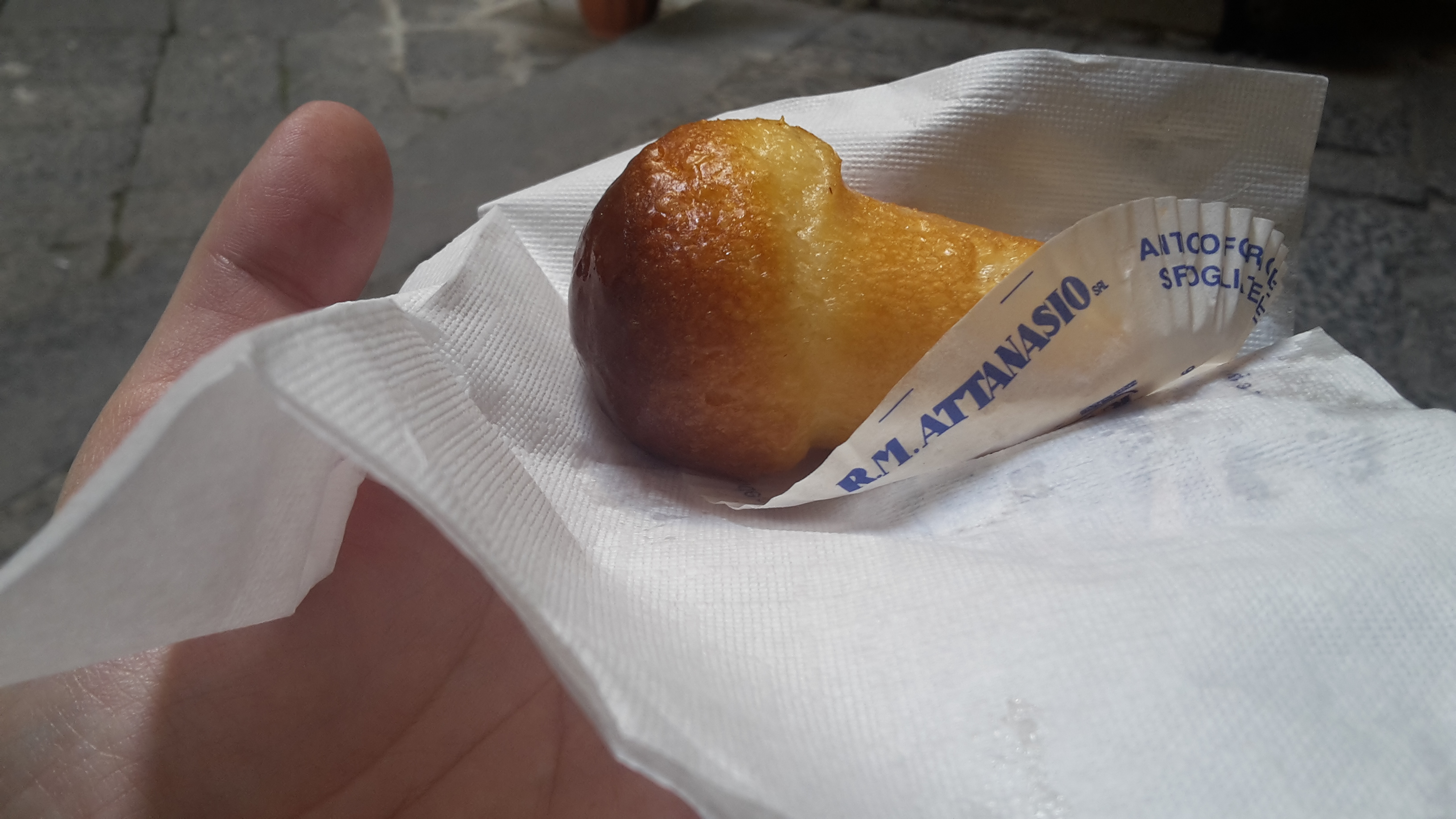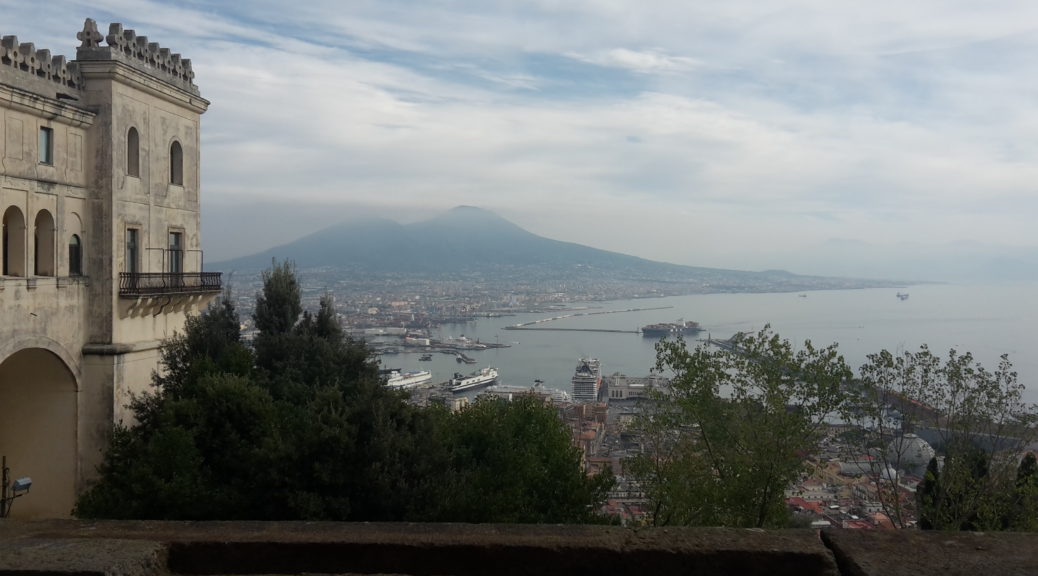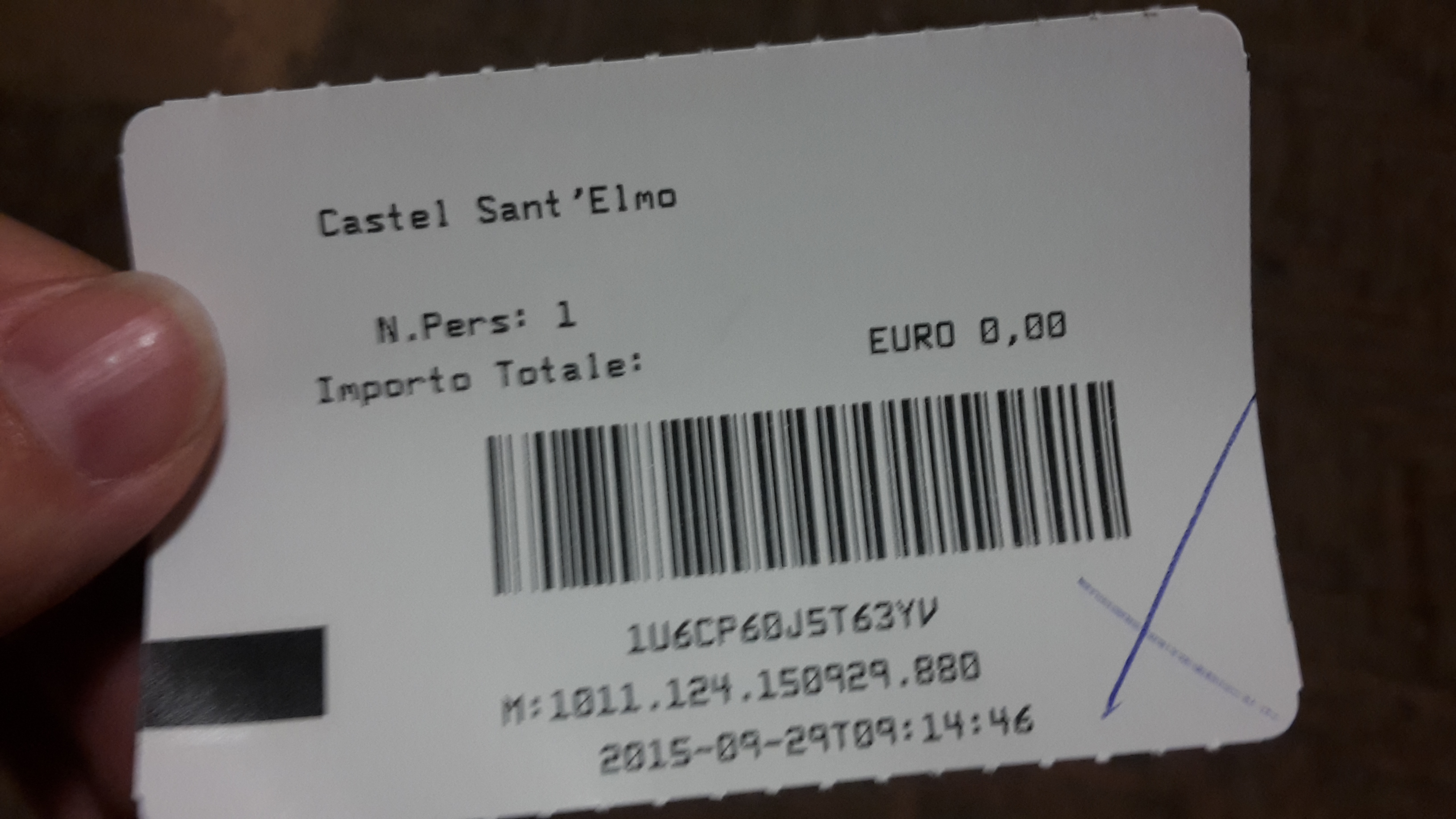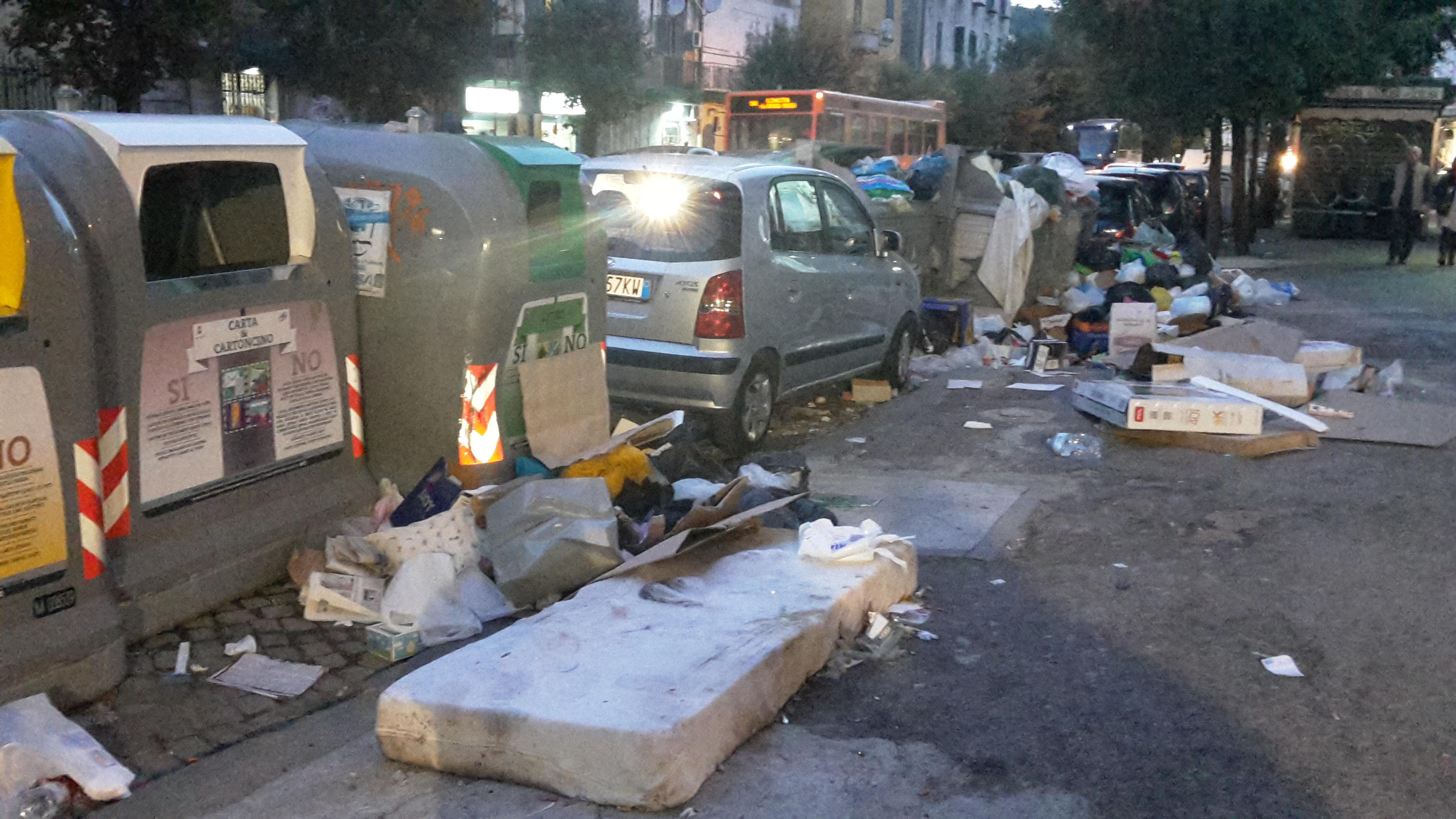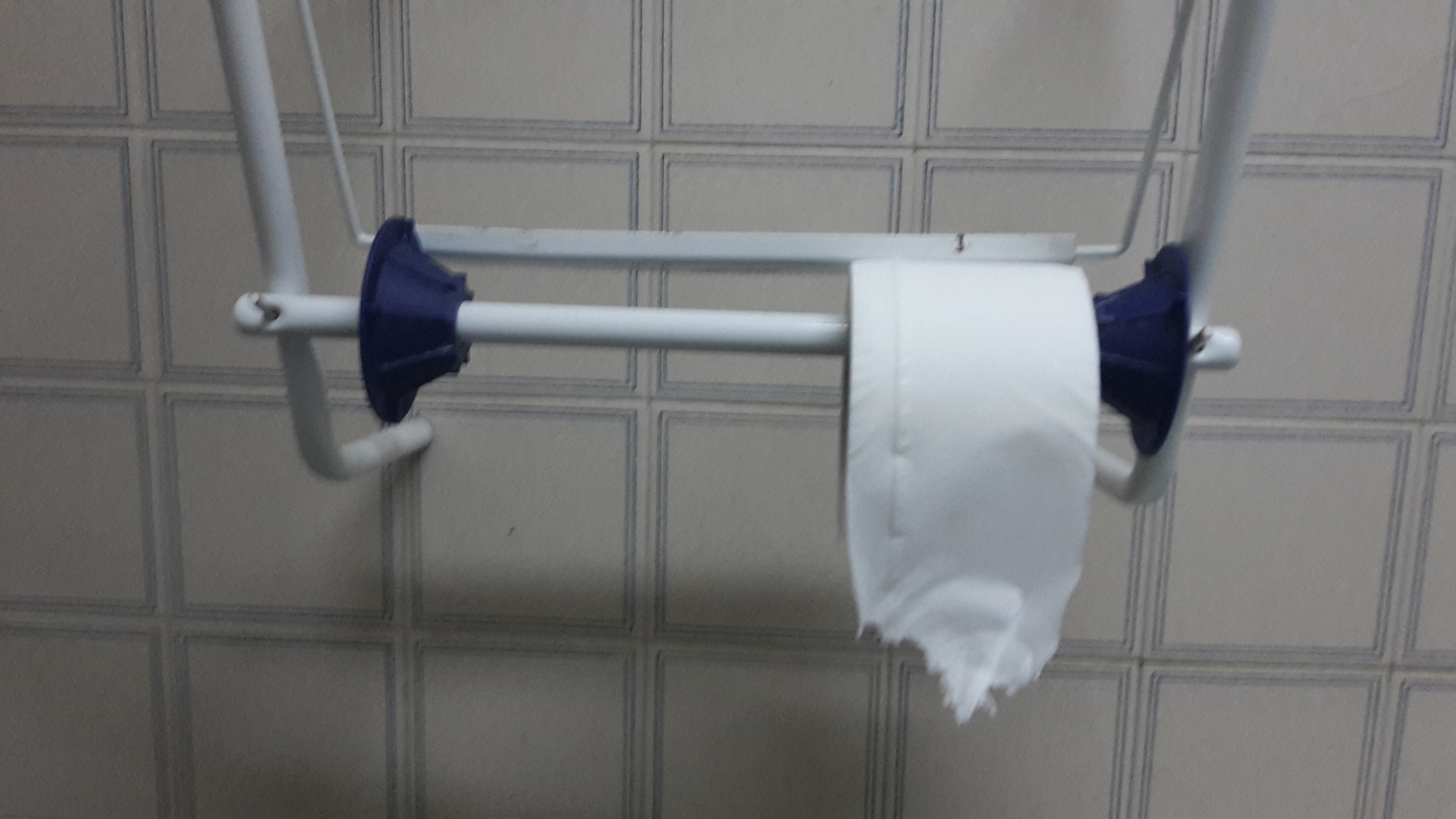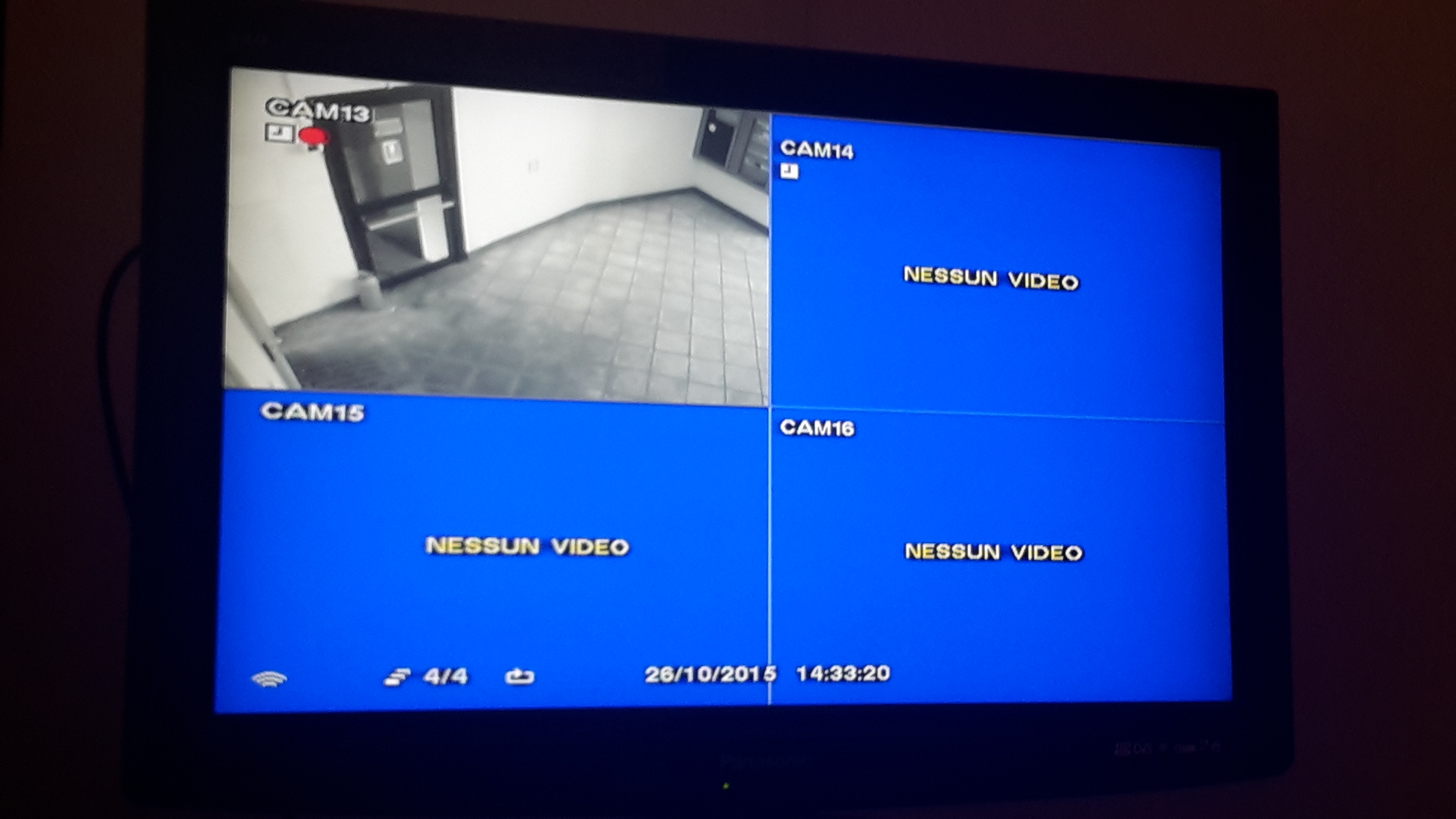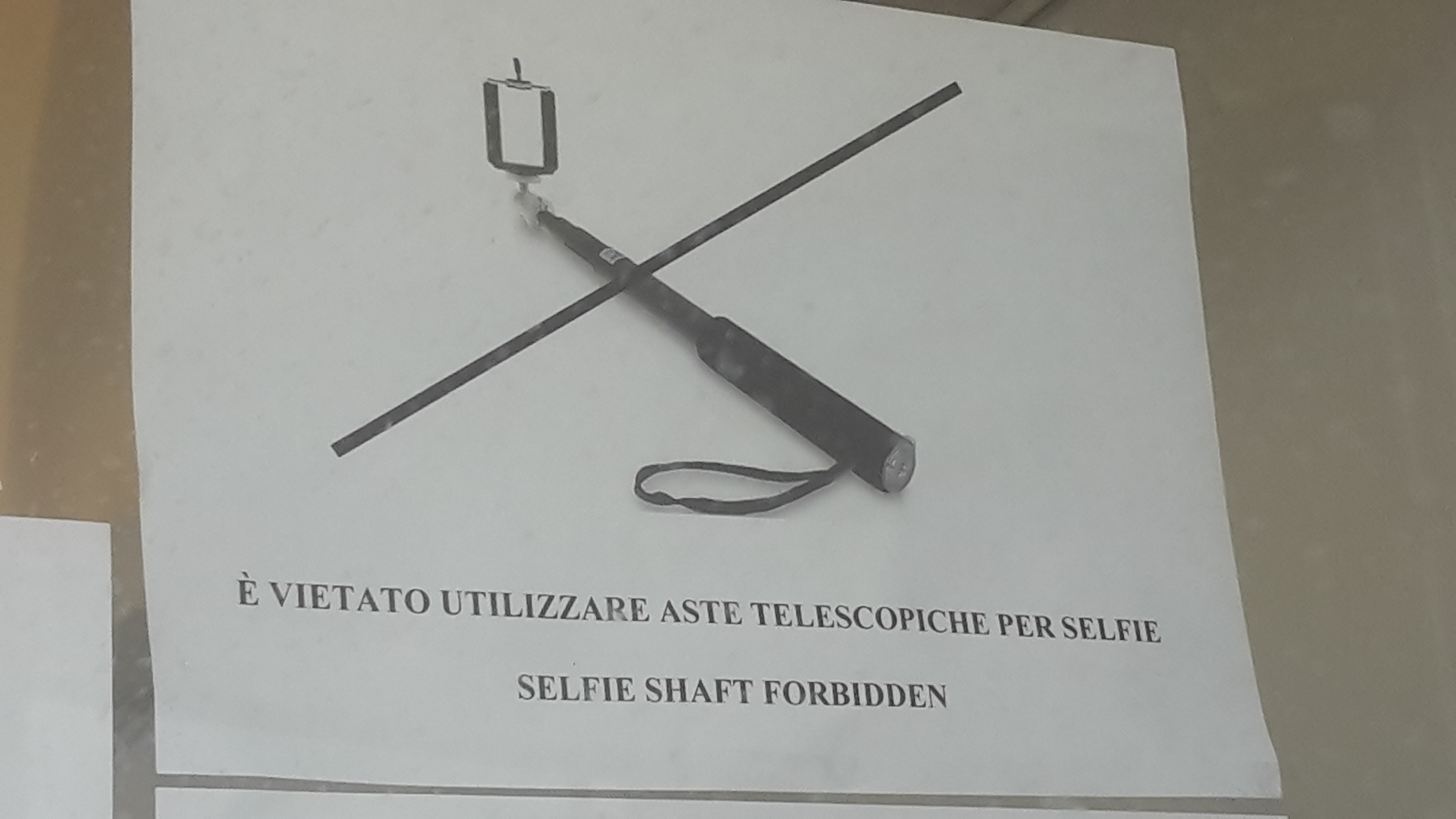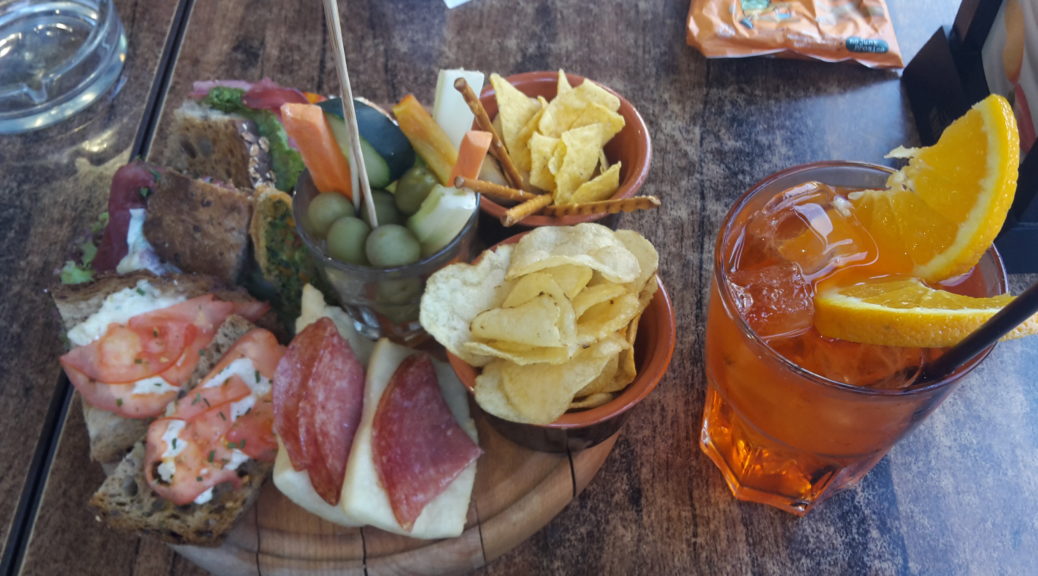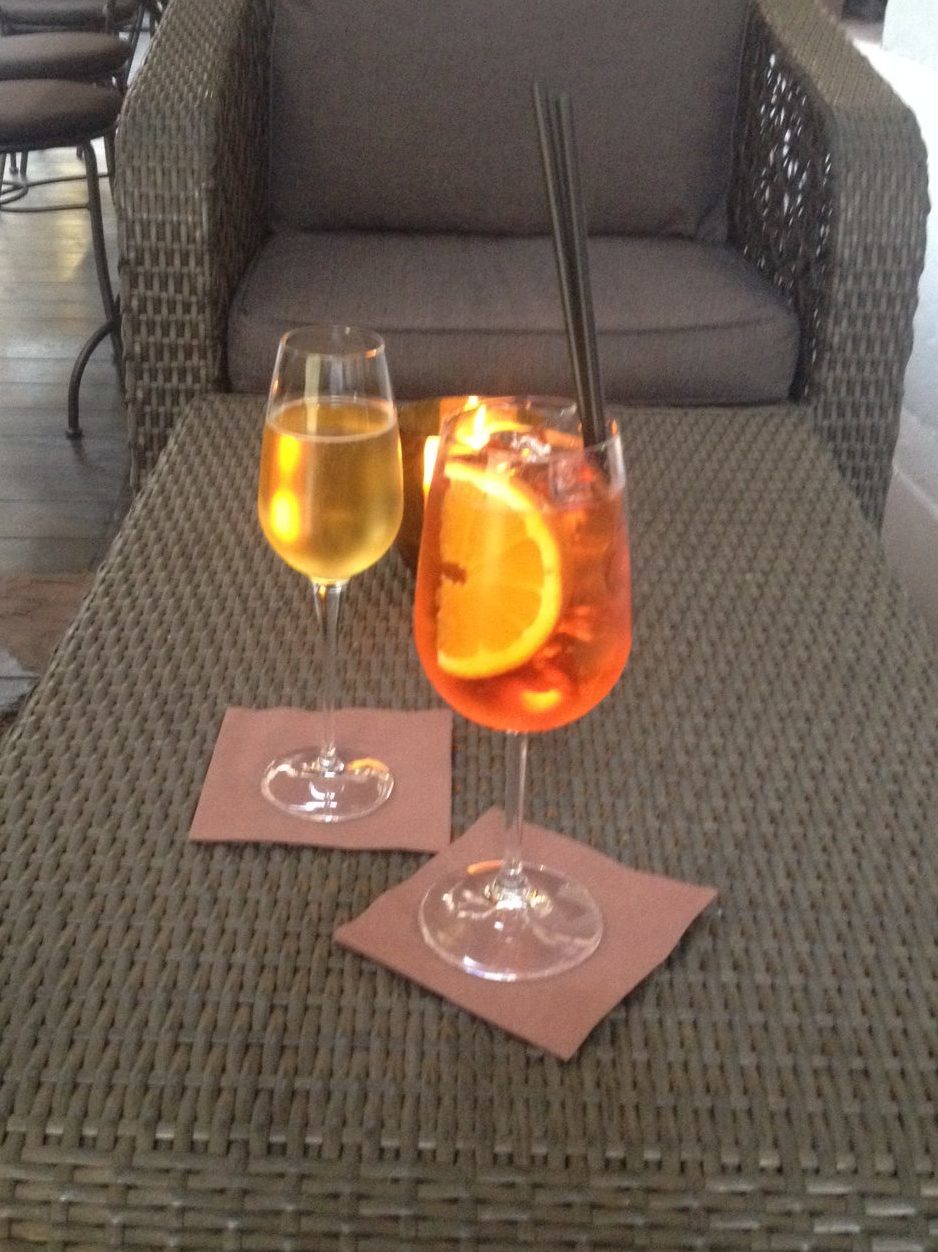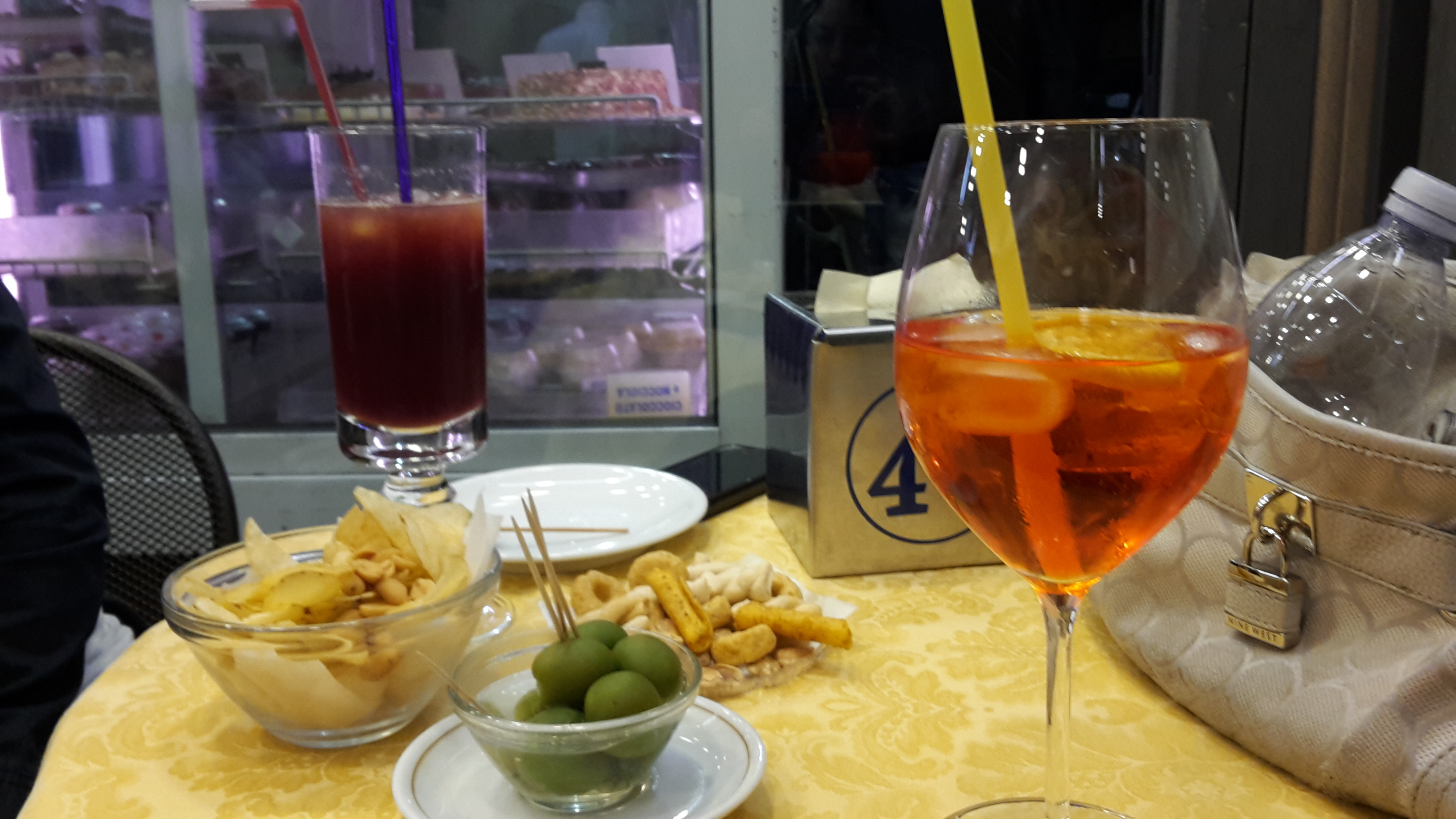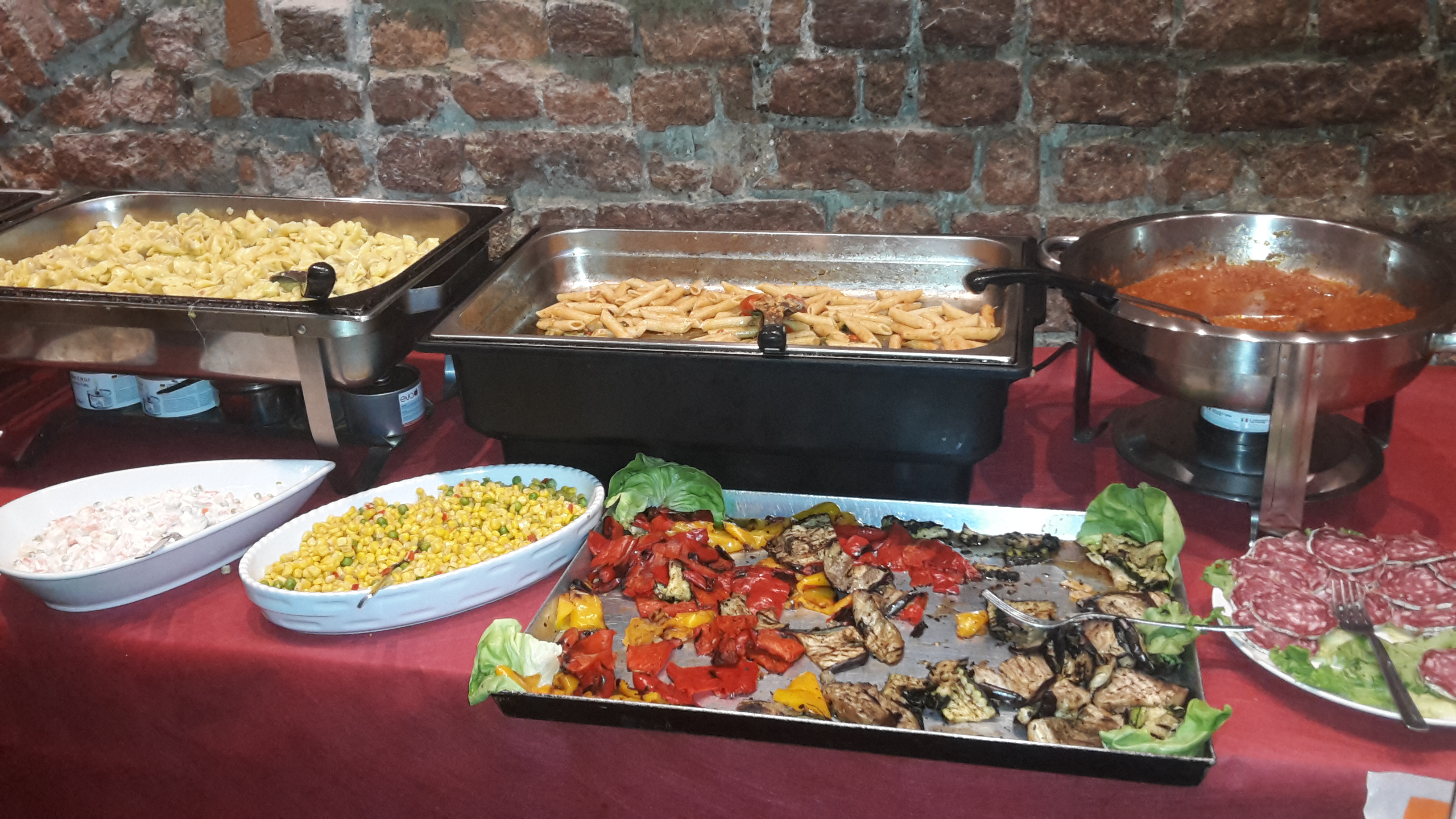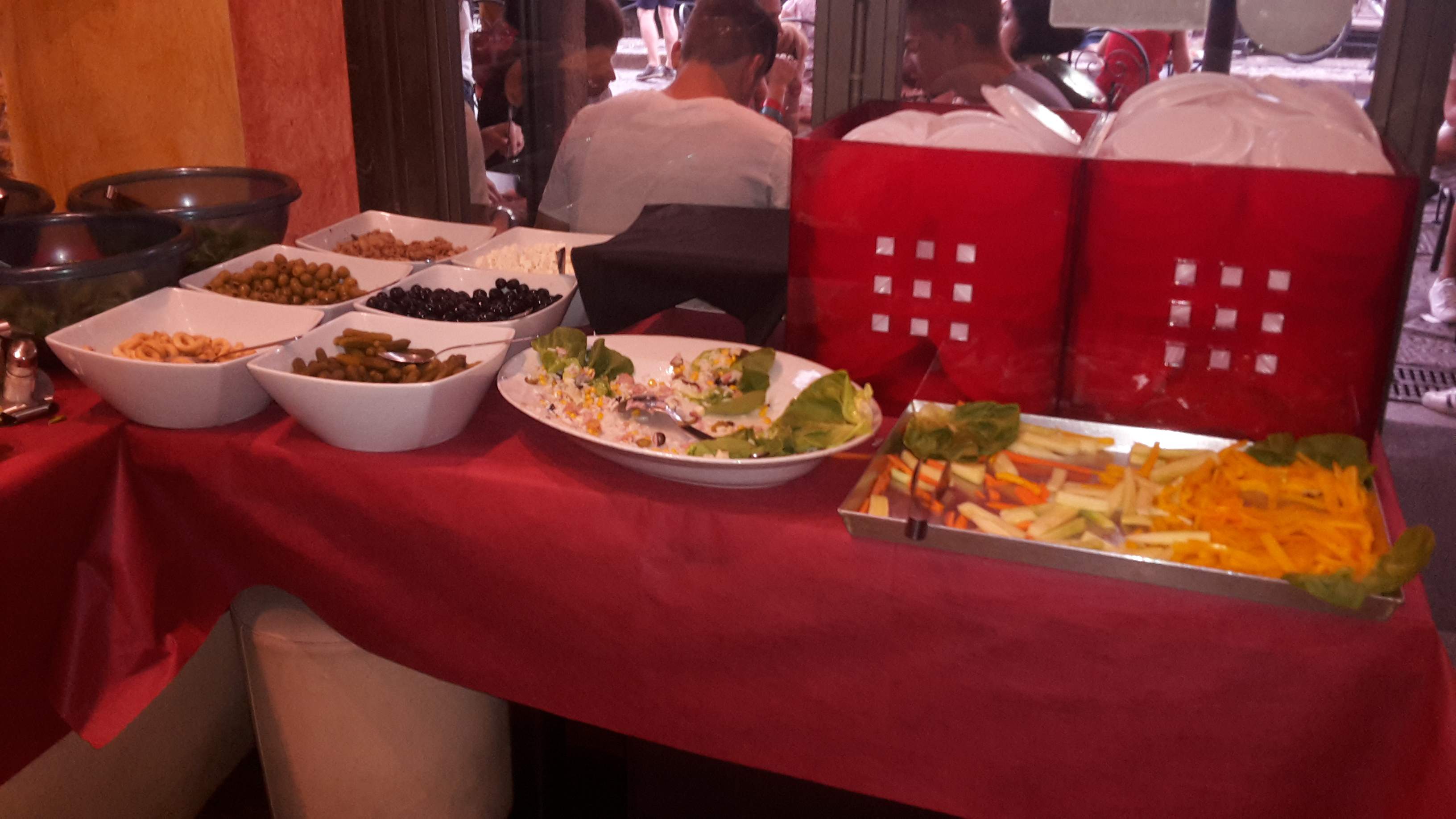Why Everyone Should be Giving Thanks this Thanksgiving
It’s that time of the year again, Thanksgiving. Whether or not you’re American, taking a few moments to think about what you are thankful for is powerful stuff. And not just because I said so, that is also what decades of research have to teach us about finding what for many is elusive – happiness.
Shawn Achor, author of The Happiness Advantage, lists gratitude as one of the main avenues to happiness. Read the book if you get a chance, but more importantly take the time daily to reflect on a few things that you are grateful for that day. I know some people who write this before bed or discuss it at the dinner table. In any case, the act of practicing gratitude leads to a mental focus on the positives in any situation. As Brené Brown (another researcher and author I’ve enjoyed reading) has noted, it is the active practice of gratitude that leads to happiness, not the happiness that comes first.
I certainly have tried to be more mindful each day, and especially during difficult times, to focus on the many ways I am blessed and fortunate. Even if you are in a less-than-ideal situation, you can still be grateful and even find peace in the moment. With Thanksgiving, for me it is a more formal time to mark the many reasons to be satisfied.
So, what am I thankful for in 2016?
Opportunities for Travel
I truly believe that everyone has the opportunity for travel of some kind even on the most limited budget, but I also realize that I have been especially blessed in this department. Not just for having the financial resources to do so, but also having the flexibility in my schedule to make many trips happen. I’ve been to 9 (!) new countries this year, I think the most I’ve ever visited in a single year, and 2016 isn’t even over yet. Most have been in Europe, but not only. What an incredible gift.
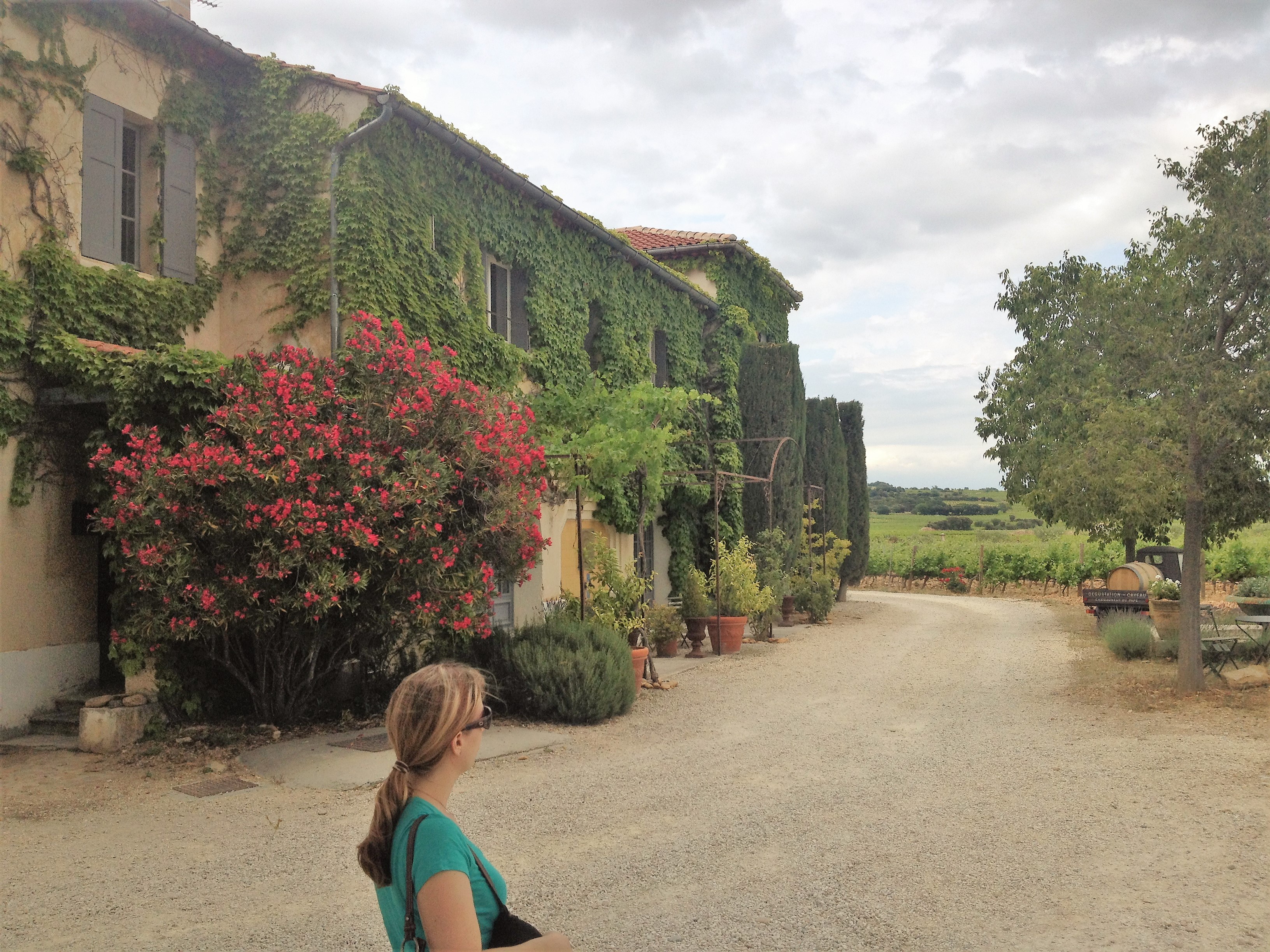
Living in Europe
Let me just say, European life really agrees with me, ever since I first arrived in Milan just after Thanksgiving three years ago. It takes a bit of adjustment, but the Italian approach to living – from a sweet pastry with your morning cappuccino to an evening aperitivo out with friends – is an opportunity to savor the little moments of your day. Not only that, but distances between cities and countries in Europe are small, and transportation by train or budget airline can be quite inexpensive. For someone who likes travel (and good food) like me, it has been such a wonderful experience to be based in Europe.
Being Good with Languages
Living in Milan I’ve seen many foreigners struggle with learning Italian. Don’t get me wrong, speaking another language takes countless hours of effort and practice, but I’m also fortunate in that I seem to have an easier time learning a new language than most. Even for languages I’ve never studied formally, I have definitely picked up a bit of “Menu French” and “Menu German” in my time living and traveling in Europe, something that can prove incredibly useful in a country where there is very little in English, like Liechtenstein. Anything that makes everyday life abroad and travel just that little bit easier is something to be thankful for.
Experiencing Beauty
I am much more likely to be stopped in my tracks when out in nature – at the peak of a mountain taking in the view, enjoying a colorful sunset, or inhaling the intoxicating perfume of flowers in bloom. But sometimes there are also physical objects of art that are so breath-taking they literally stop me in my tracks. Last year, it was when I saw the Vitruvian Man sketch by Leonardo da Vinci, which was part of an exhibition in Milan. Something about the sheer beauty of the original really stunned me.
This year I have been wowed beyond description by three very different objects, that I am so thankful to have been able to visit:
- Gutenberg Bible. In January I was privileged to see three Gutenberg Bibles in a single room at the Gutenberg Museum in Mainz, Germany, close to Frankfurt. Famous for being at the forefront of the printing revolution, these large books were printed and then decorated by hand, and the three Bibles on display were all turned to the same page so you can clearly see the variations that came with the different illustrations. I was mesmerized and stared at them for quite a while. At one point with the flow of other visitors I was alone (alone!) with the Bibles. The thrill continued as I left to see the other displays on the floor and then came back for another peek. And of course, before leaving, I couldn’t resist and took one more chance to soak up the moment and just experience the sheer beauty of the books.
- Stradivarius Violins (and Guitars). Like me you may have heard the name Stradivarius in connection with violin-making, or know that these violins are the most expensive musical instruments in the world. But seeing a picture in a book is nothing compared to seeing one in person, or seeing a roomful of them as I did this year at the Stradivarius Museum in Cremona, Italy. The craftsmanship is excellent, and even distinguishable from the other similar violins on display. Something about the sense of proportion and lines and curves creates this incredible, beautiful result that is hard to describe other than to say that something about it is just so aesthetically pleasing. And did you know Stradivarius made guitars as well? Standing in front of any of his musical instruments, I was simply awestruck. And feeling so lucky to be there.
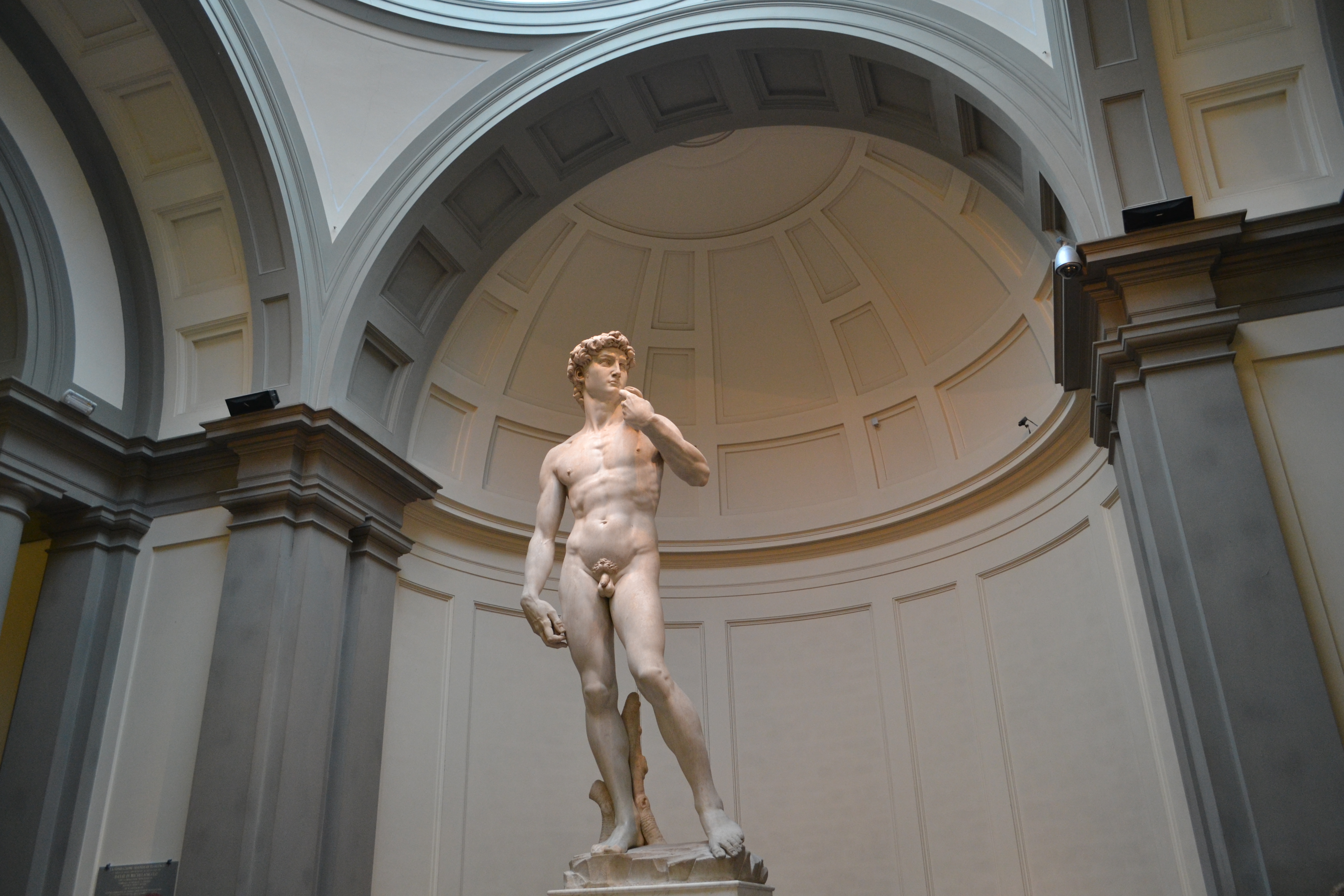
- David Statue. Many people make the trek to see Michelangelo’s original David statue in Florence, so you are certainly not alone when you see it. Despite the crowds, I had an equally awe-filled time seeing the statue back in September on my third visit as I did on my first visit a couple of years ago. The sheer beauty and craftsmanship is just incredible. It’s not just the details like the veins you can clearly see on David’s hands, but also something about the sense of proportion and balance of the whole that cannot be explained, although the stark beauty is clearly felt being dwarfed by the statue in person.
Opportunities to Grow
2016 has been a year with many professional and personal challenges for me. Sometimes I’ve been absolutely petrified, like when taking on a leadership role in a non-profit organization or when first having my blog go live. But I also remind myself that fear is a sign that you are about to embark on something unknown and challenging. And having these opportunities to blaze new trails or try your hand at something new are really just reminders of being alive. New things to tackle keep life interesting and exciting, and often take you by surprise, which is something to be grateful for regardless of the outcome.
Amazing Friends and Family
Many of my travels and memorable experiences of 2016 would not have been possible without my incredible friends and family. I have been really fortunate to have so many visitors to Milan this year, as well as friends in Milan and throughout Europe that are willing to join me for a crazy weekend adventure or checking out a sight around town. For being a travel buddy, opening your home to me as I travel, and being my most vocal cheerleaders, thank you, thank you, THANK YOU!!!
It’s nice to reflect on an entire year at a time and the many things that you are grateful for from that period, but even more meaningful to incorporate a little bit of Thanksgiving into your daily reflection. What 3 things are you grateful for TODAY??
